
3D Site Plans – Complete Rendering Guide
Before a single foundation is poured or a wall takes shape, every construction project begins with one thing – a plan. But while traditional blueprints show dimensions, 3D site plans
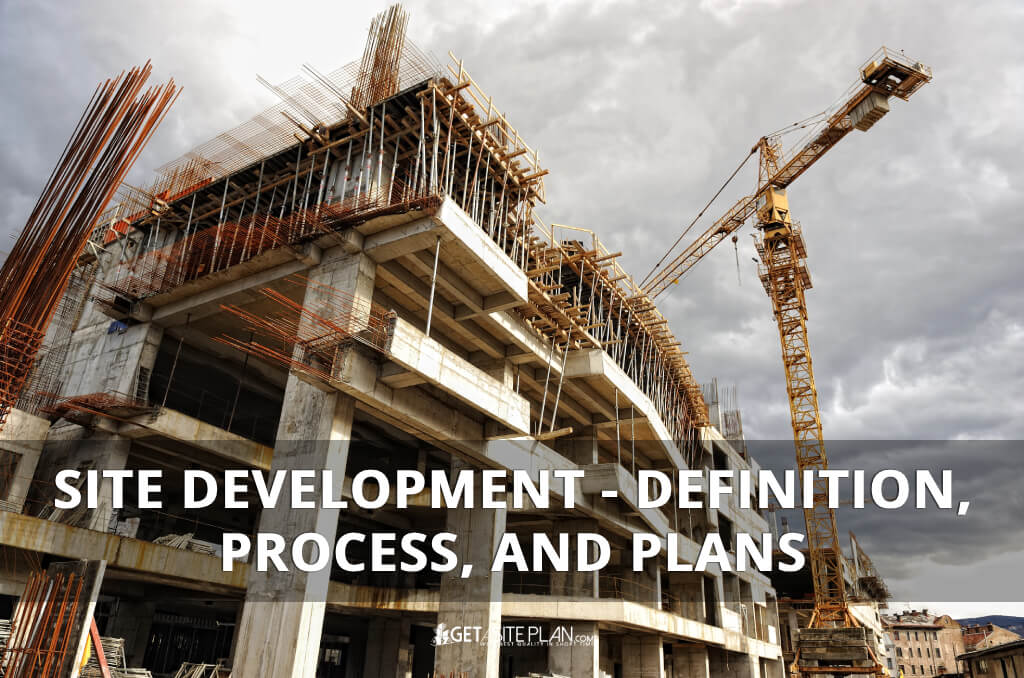

Contributing Writer | Architecture & Design Writer
You just found the perfect land for your project. You’re wondering what’s the next step? Finding the site is just the beginning, and the real process starts during site development. Site development transforms your raw land into a site ready for building construction.
Every piece of land is different and has its challenges that require detailed planning and approach. Site development is a process where your visions can come true as you lay a solid foundation for your future house.
Stay with us and learn everything about site development and how is this process crucial for your construction project.
Table of Contents
Toggle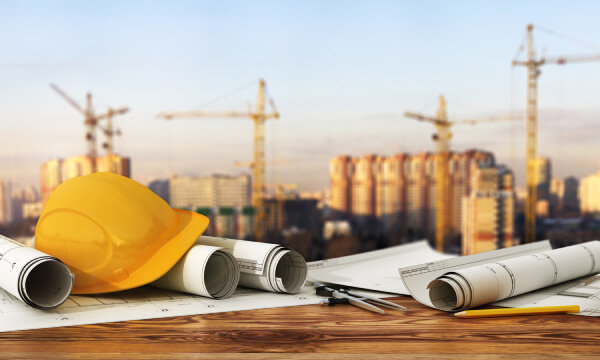
Simply stated, site development is nothing more but a process that refers to the overall procedure of preparing land for further development. This process can include land clearing, grading, soil testing, building access roads, and installing infrastructure and utilities. It may also include land subdivision, landscaping, and infrastructure development for residential, commercial, industrial, or recreational purposes. The land layout—how the land is organized and shaped for its intended use—is a critical part of the process.
Site development is key in residential development projects, as it ensures that the land is ready for building and that it meets all regulatory requirements. For a successful construction project, this part is the most important as it makes the land suitable and transforms it into a build-ready site.
Let’s discuss in more detail why is site development important when it comes to any kind of building and construction project.
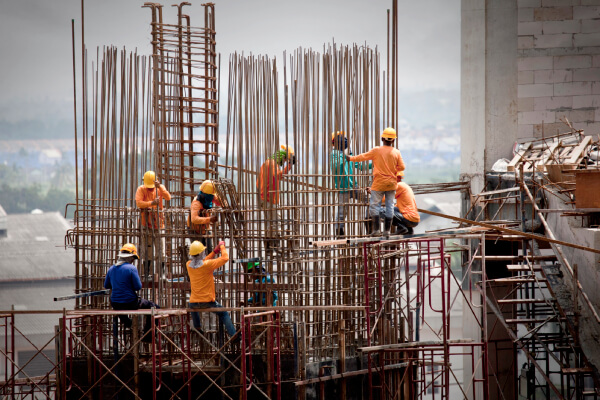
Here are 5 key reasons why site development is highly important for successful commercial building projects:
Now that we’ve understood why is site development process important for projects, let’s discover what is a construction site development.
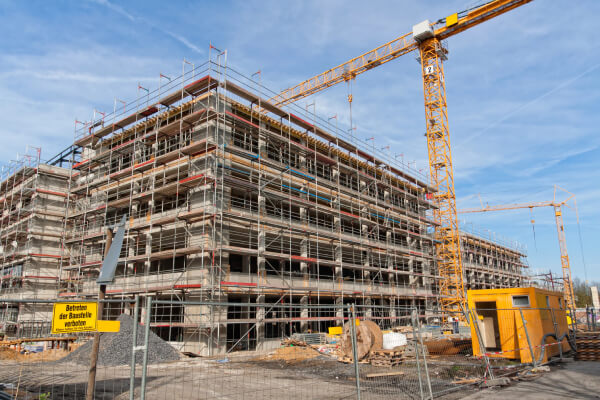
Construction site development is a process of preparing land for different construction activities. This process includes many tasks that need to be completed before starting the construction. Those can involve clearing vegetation, grading the terrain, getting drainage, and installing utilities and infrastructure.
The difference between site development and construction site development is that site development refers to the overall process of preparing the land, while construction site development focuses just on the construction activities as its name states.
Now, let’s find out how to prepare our land for a site development process. We’ll explain the steps and help you understand better all the elements that affect the process.
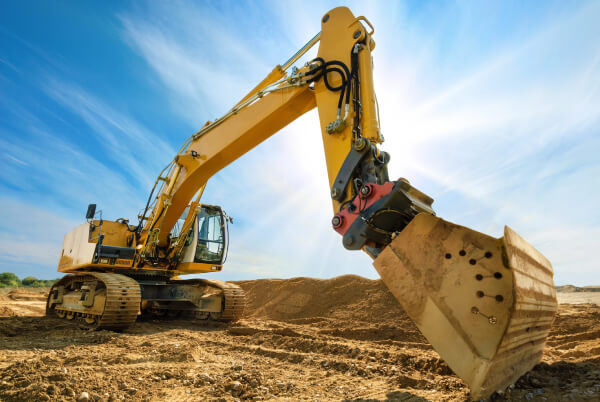
The site development process has several stages that are key for successful site preparation, and they typically include:
It’s very important to understand the composition of soil. Before the start of the process, soil samples are collected from different points around the site, and they are taken for careful lab analysis. This helps determine the soil type, bearing capacity, stability, and level of contamination. Obtaining results helps in further planning for adequate site preparation.
Land clearing involves removing trees, debris, vegetation, and any existing structures on the site. It’s one of the key steps that requires an attentive approach. Site clearing helps prepare the rest of the construction project.
Grading and excavation are important parts of the process. Grading involves leveling the land which creates a firm and even surface for the project. Excavation involves removing all types of materials such as rocks, or soil, to get the right land contours. To have a solid site that is well-prepared, these steps are crucial as they set the foundation of the construction process.
Installing utilities properly ensures that electricity, sewer, water, gas, and telecommunication, are available on-site for construction. This process involves laying cables and pipes and connecting them to the local utility network.
To have easy and accessible movement on the site, with construction vehicles, it’s important to create roads and proper access. These roads and paths ensure site safety and a smoother construction process.
Respecting local regulations is essential as it ensures the project is meeting all the compliance standards. Adhering to local, state, or federal regulations, prevents legal issues. By obtaining necessary permits, and following codes and zoning laws we ensure a successful development process. It’s crucial to provide a building permit, along with a site plan, zoning permit, and in some cases a conditional use permit.
Following these steps is crucial for a successful site development project. Always work closely with experienced professionals such as engineers and contractors, who will manage the project effectively with expertise and help you prepare the land accordingly.
One of the things that we already mentioned, which is the most important when we talk about site development, is the site development plan. Let’s discuss it in more detail.
After all of the steps mentioned above are done, testing soil, land clearing, and site investigation, you will need to get a site plan. It’s a guide for architects, contractors, and engineers that helps them coordinate the development process efficiently.
Having a site plan is essential, as it ensures a smooth construction process while adhering to local building codes and regulations.
In case you have a large piece of land and want to divide it, you will need a subdivision plan design that is an essential component of a site plan, but the difference is that it shows how will individual parcels be integrated into the site.
To create a site development plan with dimensions for a residential property, you’ll need a detailed land survey to accurately measure the land, along with a layout that includes building footprints, utility lines, landscape features, and property boundaries.
Residential site development creates livable spaces, homes, and neighborhoods, while commercial site development supports building spaces for businesses and focuses on functionality and accessibility. The differences are also visible when comparing residential and commercial site plans.
Land site development is a process of preparing a certain part of the land for construction by planning and installing utilities and infrastructure and ensuring compliance with local regulations so the land can be suitable for building projects.
We can conclude that site development is the foundation of any successful construction project. It ensures that the land is well-prepared, equipped with utilities, and that is in compliance with local regulations.
Site development secures the final structure’s long-term stability and enhances the process’s safety. Investing in site development is the key to turning your land into property of your dreams.
Don’t forget to obtain all the necessary permits, and a site plan, which is essential for conducting the site development process.
For any additional information regarding site plans for permits, feel free to contact us. Our team will answer all the questions and help you be a step closer to successful site development.
Learn more about our contributor:

Contributing Writer | Architecture & Design Writer
During my career, I’ve written articles on interior design, home remodeling, and renovation with an emphasis on money-saving tips and DIY ideas. It’s been a rewarding journey and I am thrilled to continue helping others bring their architectural visions to life.

Before a single foundation is poured or a wall takes shape, every construction project begins with one thing – a plan. But while traditional blueprints show dimensions, 3D site plans

Many homeowners start landscaping projects without realizing some require permits. A landscape permit helps ensure compliance with local codes, protects the environment, and prevents drainage or structural problems. Whether you
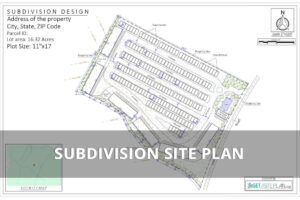
Picture standing over a blueprint that shows the future of your land – where roads will curve, how each lot will breathe, where every pipe, fence, and tree will fit.